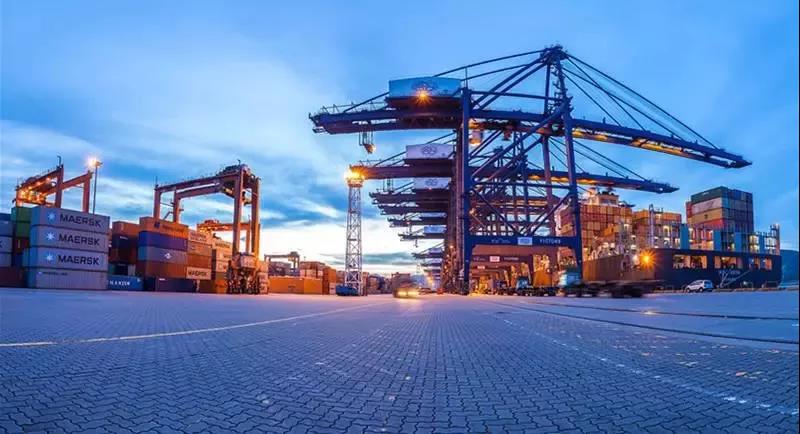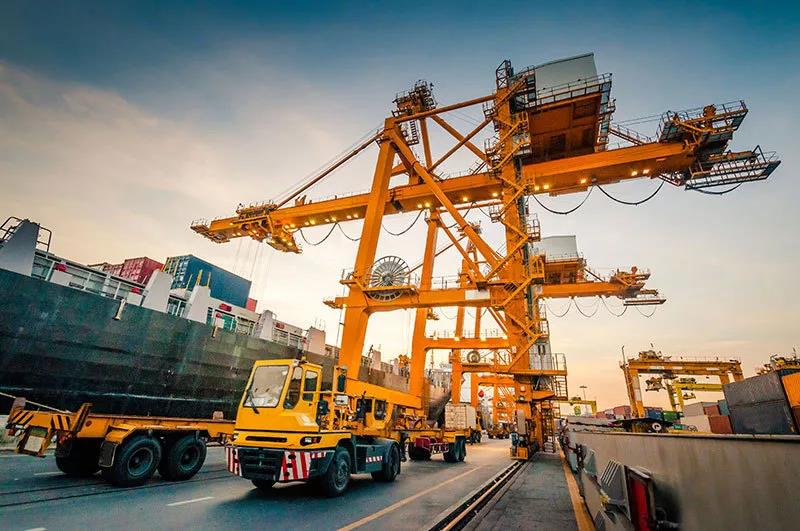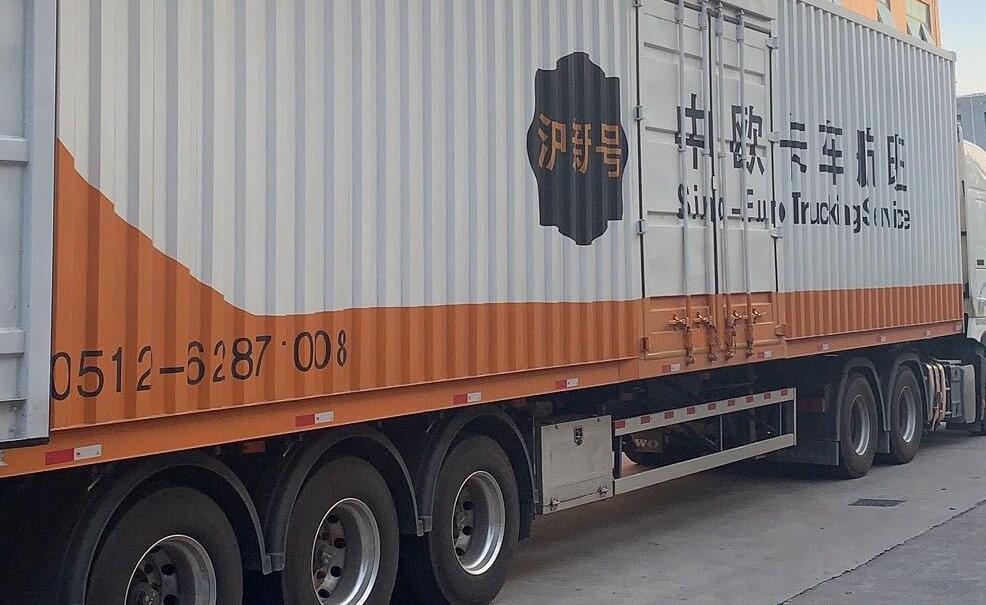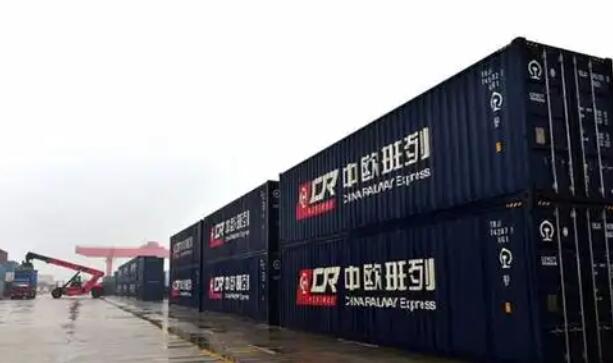Интегратор ресурсов глобальной логистической цепочки поставок
Интегратор ресурсов глобальной логистической цепочки поставок
Seaborne and import and export friends will often encounter these terms: cut off customs, cut off single, cut off port; customs clearance, Customs Clearance, customs clearance; inspection, Inspection. These nouns make people feel "face-blind. " Are Customs Declaration and clearance the same thing? What's the difference? What's the difference between declaration and Inspection? What's the difference between inspection and declaration? How do you distinguish in practice? Don't you know what to do with the clients? How do you get clients to trust you? Customs interception, single interception and port interception
Customs clearance refers to the time when the information of customs clearance is received. The goods must be cleared before this time, and the customs release slip (station receipt, also known as the delivery paper) is submitted to the shipping company. It's usually a Closing time. Cut-off bill of lading refers to the shipping company's final change of the bill of lading content, is often said that the bill of lading replenishment cut-off time, after the general can not be changed free of charge. There are also many shipping companies that offer one-time replenishment and charge for any subsequent changes. The general display is SI cuff. Cut-off this is the terminal closing time. Before that time, the loaded container can enter the terminal, and then can not enter the terminal. Sometimes referred to as the cut-off weight cabinet. It says CY cutoff or CY closing. Customs Clearance, declaration, cut-off, clearance

Customs Clearance means the entry of imported goods, exported goods and transshipment goods into the Customs territory of a country must be declared to the Customs, go through the formalities stipulated by the Customs and fulfill the obligations stipulated by the laws and regulations; Only in the performance of the obligations, Customs Declaration, Inspection, taxation, release and other procedures, the release of goods, cargo owners or declarants can take delivery. Similarly, all means of transport carrying import and export goods are subject to customs declaration, customs formalities and customs clearance. During customs clearance, goods, whether imported, exported or transshipped, are under the supervision of the customs and are not allowed to circulate freely. Customs clearance is commonly used in freight forwarding industry, here mainly refers to import-related customs declaration, Inspection Declaration, customs declaration documents, transportation, delivery and a series of specific operations collectively. Customs Declaration is one of the necessary procedures for customs entry and exit. Refers to the process by which the person in charge of the inbound and outbound means of transport, the consignee or consignor of goods and articles, or their agents, declare and go through the relevant formalities in accordance with the law when they pass through the ports under customs control. The objects involved in customs declaration can be divided into two categories: inbound and outbound means of transport and goods and articles. Due to their different nature, their customs declaration procedures are different. Means of transport, such as ships and aircraft, shall normally be declared to the customs by means of documents such as arrival and departure declarations signed by the master of the ship or aircraft, inspection manifests, air and sea waybills, etc. , as a basis for customs supervision over the loading and unloading of goods and passengers. The goods and articles shall be declared by their consignees or consignees or their agents, in accordance with the nature of the trade in the goods or the type of the articles, together with the relevant statutory and commercial and transport documents. If it is bonded goods, it should be declared in the way of "bonded goods" , and the corresponding customs procedures and control measures are different from the goods of other trade modes. Customs Declaration is a specific action, generally is the import and export consignee or agent to declare specific goods information to the customs, not only points out the export customs including import. The corresponding agent is the agent declaration company. Customs clearance as mentioned above, each shipping company has a time limit for customs declaration of the cargo it is carrying, usually about 4 days before the ship leaves, and stops receiving customs clearance information one or two days before the ship leaves, this is the cut-off. Customs clearance is a procedure after customs release. The information about the release and the shipment of the goods will be sent to customs for record filing and follow-up export tax refund (foreign exchange write-off) . Therefore, the customs clearance date refers to the date on which the international sailing ship completes the customs formalities and clears all kinds of payment before export, and the customs allows the ship to leave the port and set sail. The general term for a series of customs clearance actions refers to the customs formalities required for import and export goods and trans-shipment goods entering or leaving the customs territory of a country. Only in the Customs Declaration, Inspection, taxation, release and other procedures, goods can be released, processing trade under the end of the post-write-off, this series of action is completed after customs clearance.

CUSTOMS CLEARANCE AND CUT-OFF DIFFERENT: The customs clearance means that the import and export of goods have been completed customs procedures, customs clearance is allowed, no longer on the supervision of the goods. And usually the cut-off date refers to the latest customs clearance time. What's the difference between a document being released and a cleared? The release of documents means the release of customs declaration form, the release of goods means the release of goods, the clearance of goods means the customs has gone through the clearance procedures for the ticket. Customs clearance after clearance, customs will send electronic data to the electronic port, if only in the release of the list, that has not yet cleared, the general export of goods within 5 working days customs clearance procedures for the goods. What is the sequence of customs declaration/cut-off/clearance/Clearance for export? At the time of export, customs declaration will be prepared before the customs cut-off date. After customs cut-off, the goods will be released and shipped out of port. Therefore, the clearance date is generally later than the cut-off date, but also later than the declaration day. And these series of action after the completion of a complete customs clearance. Therefore, the sequence of time is customs clearance. Inspection and Quarantine report refers to the need for the parties concerned to fulfill the agreement or prove the performance of the contract in accordance with the provisions of laws and administrative regulations, the legal procedures and formalities required to apply to an inspection institution for inspection, quarantine, appraisal or permission to enter or leave the country or to obtain legal certificates and certain notarized certificates for sale. Customs Declaration and Inspection Declaration differences and contacts in import and export trade, Customs Declaration and Inspection Declaration are both part of the process of handling import and export customs clearance, but the object of customs declaration is the customs, the object of inspection is the import and Export Commodity Inspection and quarantine departments. Inspection Declaration is prior to customs declaration. Only after the inspection by the Commodity Inspection Department is completed, the customs will issue a customs declaration form before accepting the application for customs declaration. Not all import and export commodities need to be declared, only the state-regulated commodities need to be declared, and all import and export commodities (except for their own, Green Channel) need to be declared. Commodity Inspection, in a word, is commodity inspection. Generally used for import and export trade. Sometimes domestic trade may also be used in off-site transactions, but less. The quality and quantity of your goods will be proved by the commodity inspection authorities. The buyers can know whether the quality of the goods is in conformity with their requirements by your commodity inspection documents. The inspection is sometimes listed as one of the documents for negotiation. Commodity Inspection and Inspection Difference (1) commodity inspection is the goods import and export operators in accordance with the requirements of the Customs and Commodity Inspection Bureau before the import or export of goods, the inspection bureau of the import or export of goods for the inspection inspection of the goods. (2) inspection declaration is the process in which the import and export business operators of the goods submit the necessary materials and samples for inspection and Quarantine to the Commodity Inspection Bureau. Commodity inspection is a customs clearance form for export goods. Inspection Declaration is when you go to the Commodity Inspection Bureau to apply for customs clearance









Услуги китайско-русской компании Sasha Logistics Group по международным грузоперевозкам и таможенному оформлению импорта предоставляют вам обновленную информацию о перспективах международной логистики, чтобы вы знали о новостях международной торговли и экспедирования грузов.

2024-01-17

2024-12-26